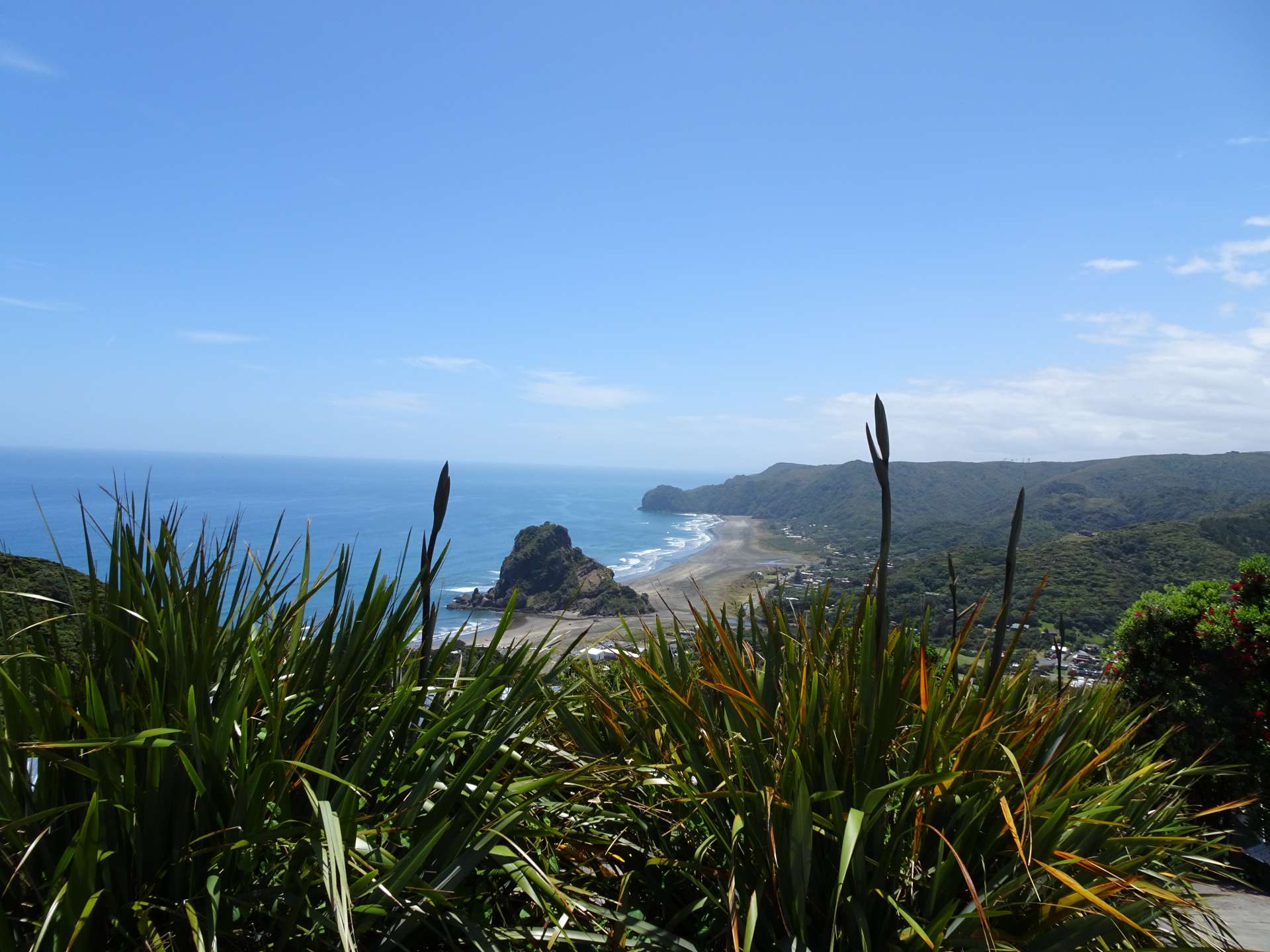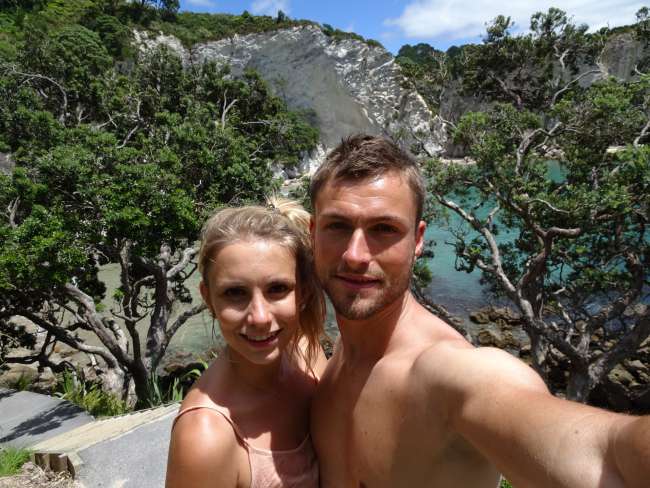
judithundwillaufentdeckungsreise
vakantio.de/judithundwillaufentdeckungsreise
South tip of the South Island
Foillsichte: 04.02.2017
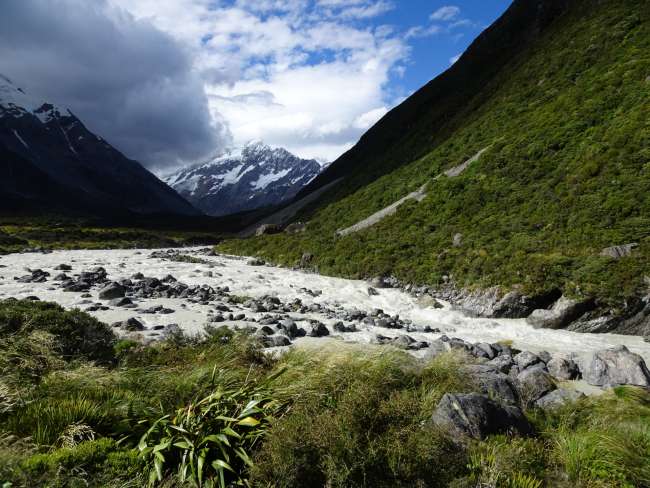
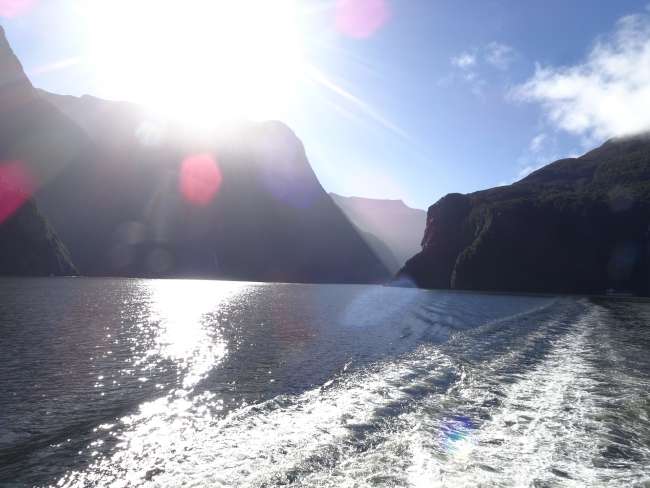
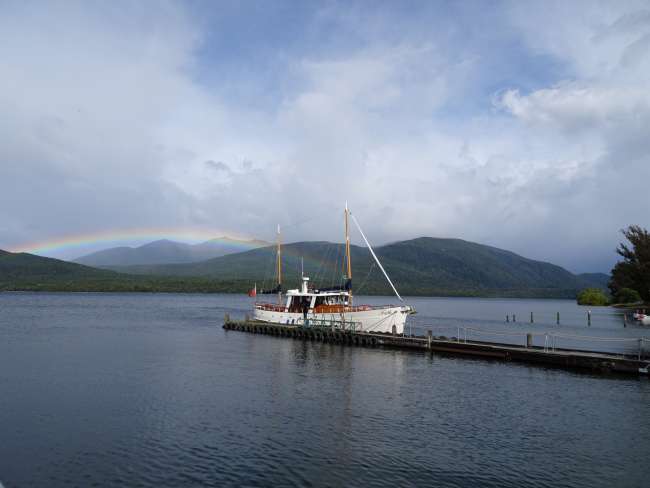
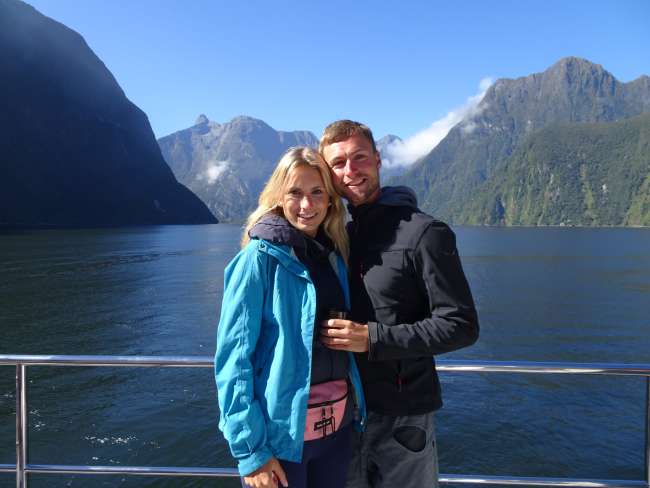
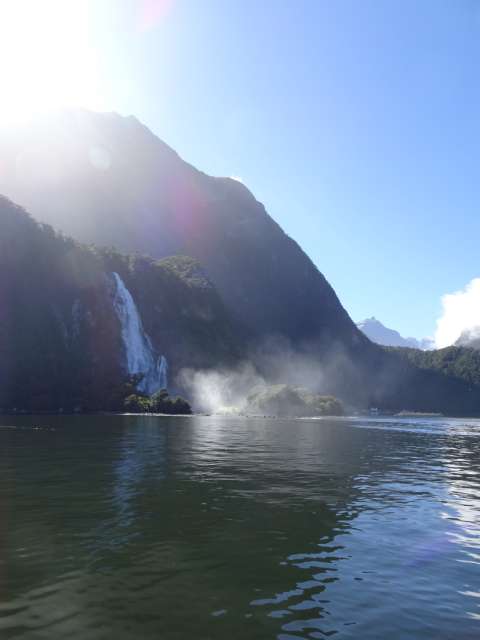
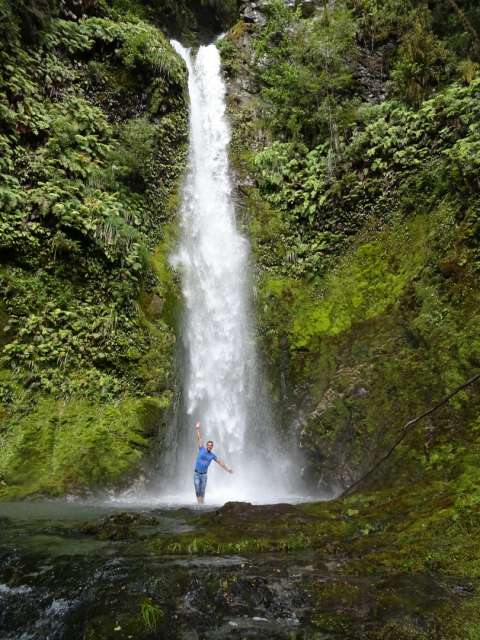
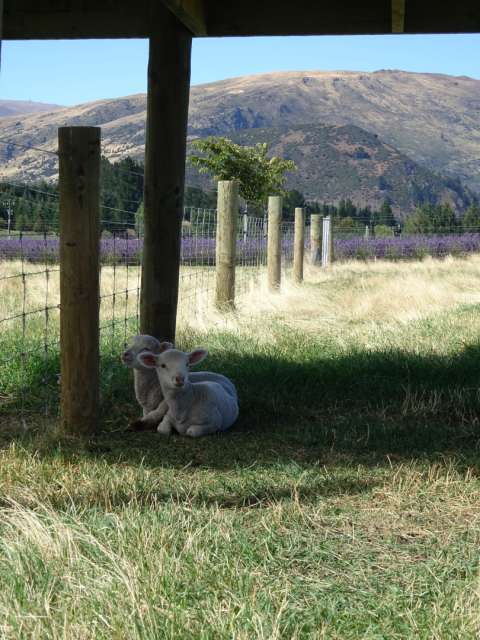
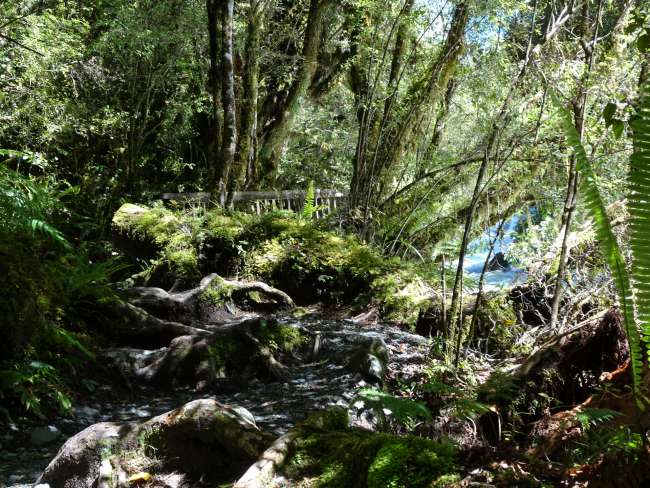

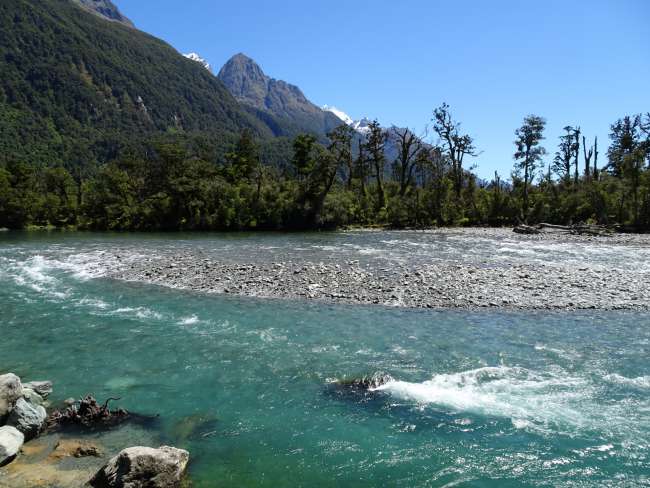
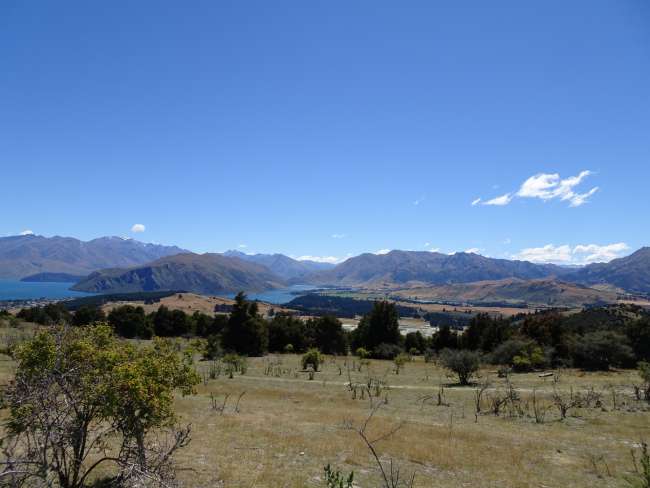
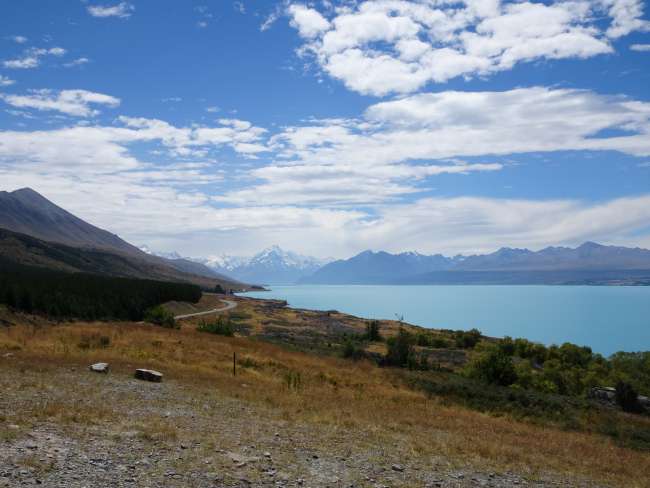
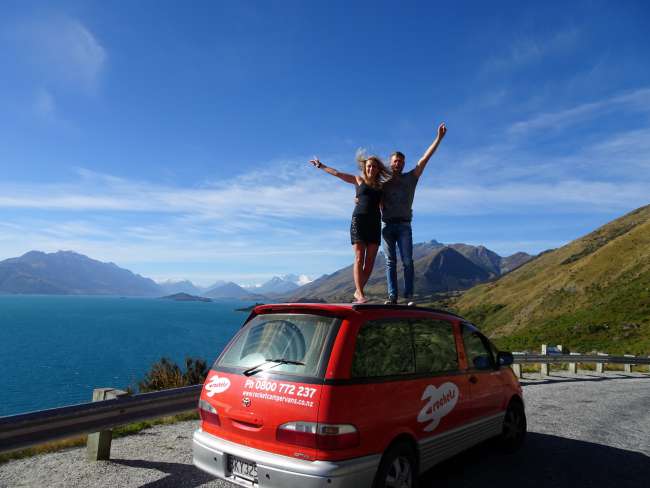
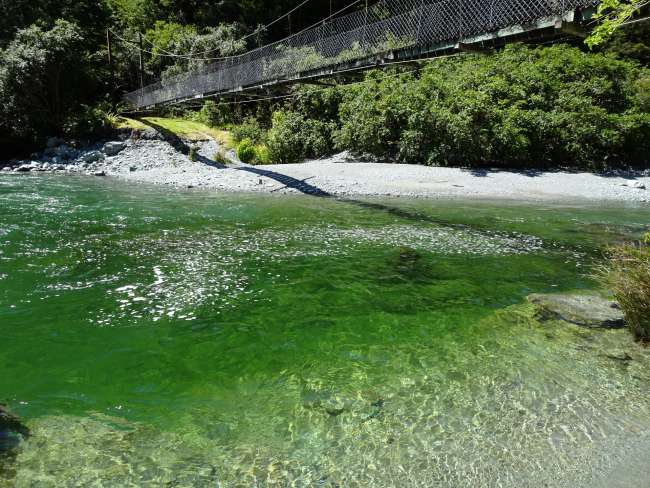
Subscribe to Newsletter
Our last New Zealand blog post before heading to Vietnam on Tuesday.
This week we were lucky with the weather and had sunshine for most of our activities.
We traveled from Queenstown to Glenorchy. Glenorchy is a small town north of Queenstown, located on the same lake and surrounded by very high, partly snow-covered mountains, despite it being summer. We did a short hike there and had lunch at a cafe with a beautiful garden. The road to and from Glenorchy is already a highlight, as it runs directly along Lake Wakatipu, is quite winding, and offers some stunning postcard-worthy scenes.
The next day we headed to Te Anau, a place located far south on the West Coast of the South Island. There we took a boat trip to the glowworm caves. In this pitch-dark cave system, a huge population of these small creatures lives undisturbed by predators. To get there, we drove for about 20 minutes through the fjord landscape on the second largest lake in New Zealand, with rough sea and some rain. Again, we were lucky. Normally, there are groups of about 10 people visiting the caves. However, we were the only two remaining and, therefore, got a private tour. Moreover, we had an American guide who showed us the cave in detailed English that we could understand. The English spoken by New Zealanders is usually quite difficult for us. The tour was really beautiful. The highlight was the boat ride within the cave, which resembled a starry sky on a dark night, illuminated by glowworms. After the glowworm caves, we drove northwards towards Milford in sunny weather through lush, dense, and mossy green forests (in this region of New Zealand, it rains about 12 times as much as in an average rainy place in the temperate climate zone). There we wanted to wait for good weather to visit the Milford Sounds, one of the most impressive fjords in New Zealand. Here, in the depths of the forests, we treated ourselves to a campground with showers and a kitchen. The great thing about this campground was that it was located near a waterfall, and this waterfall can only be reached through the campground grounds. The 20-minute hike there was really great. The ground was very muddy and everything was swampy, but it was very pleasant to walk on and through the rainforest. The best part was that we were the only ones at this waterfall and could admire it undisturbed in all its glory.
As the sky was clear the next morning and it looked like a sunny day, we decided to drive on to Milford to take a boat tour on the Milford Sounds. We booked a boat on-site, and it even included breakfast. That was a nice change from our usual porridge breakfast that we eat every morning. On the boat, there were scrambled eggs, cornflakes, hash browns, coffee, tea, various jam varieties, and a delicious orange juice. That felt good again. The scenery at Milford Sound was impressively beautiful. We saw seals and dolphins. The sun was also shining the whole trip, adding to the great experience.
For the next few days, Lake Wanaka was on our itinerary. We really liked the town of Wanaka, located directly on the lake. It is also surrounded by high mountains that border the lake, creating a beautiful backdrop. The landscape here is relatively barren compared to the rainy fjordland and mainly covered in grass and bushes due to the extensive snow cover in the long winter. Wanaka is also the center of alpine skiing in New Zealand. As so often in New Zealand, the landscape and climate change drastically over short distances, between the fjords and Wanaka, which are perhaps only 100 km apart as the crow flies, creating completely different regions. In Wanaka, we did a hike up Mount Iron and enjoyed a beautiful view of the city from above. We also visited a lavender farm where there were sheep, chickens, and alpacas. Unfortunately, they didn't really want to be petted. In the evening, we went to a small local cinema where they had the best homemade triple chocolate cookies we've ever had. From Wanaka, we took a day trip the next day to Mount Cook, the highest mountain in New Zealand, and its glaciated peaks. The alpine glacier landscape, with Lake Pukaki lying at its feet, in a swimming pool blue color, represents another landscape type, previously unseen, only about 150 km away.
There is nothing as typical of New Zealand as the incredible diversity of landscape and climate in such a small space. We have really enjoyed the 7 weeks in New Zealand and believe that the time we planned for our trip here has given us a very good overview of this diverse and remote country.
Subscribe to Newsletter
Freagairt

Aithisgean siubhail Na Seulan Nuadh
